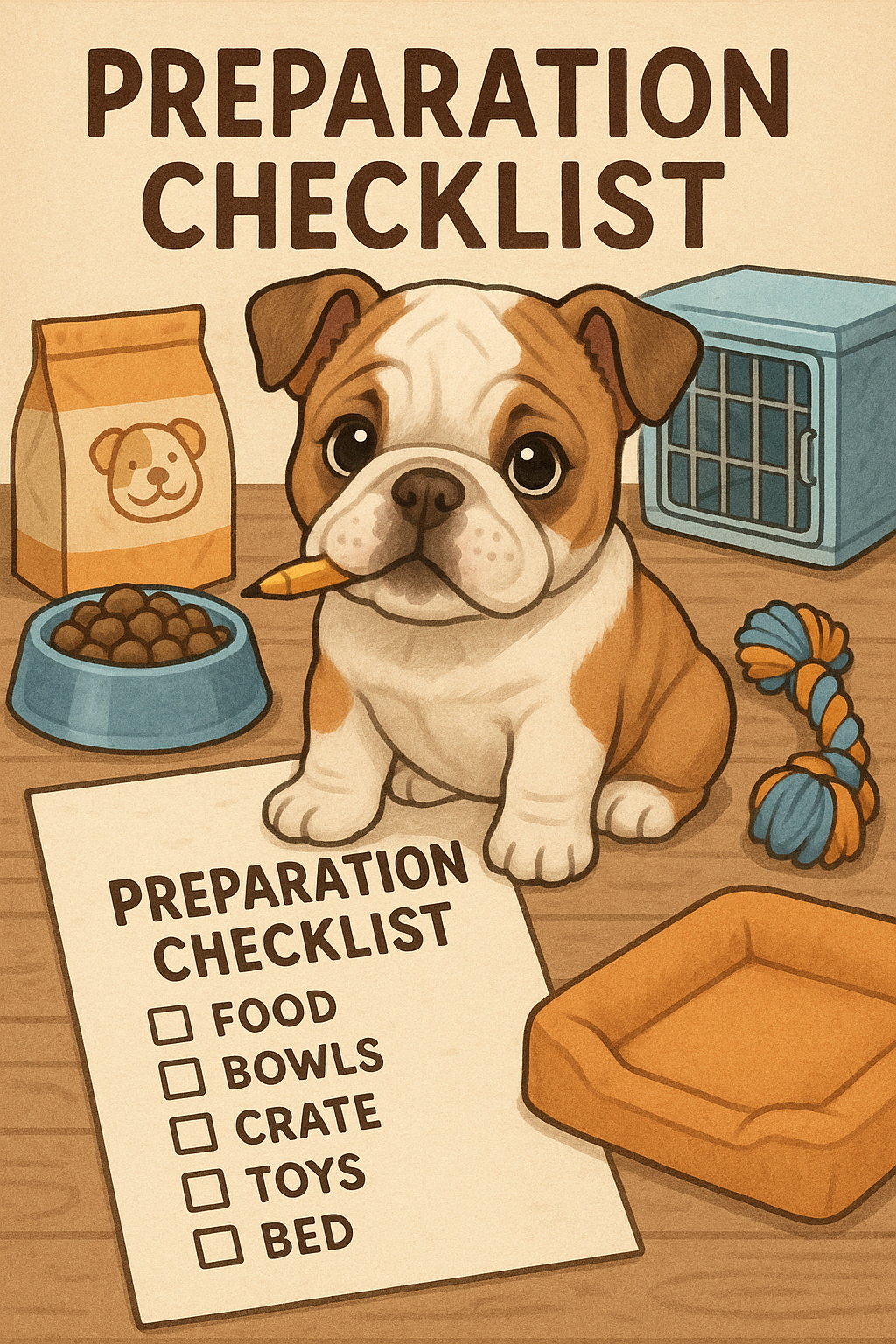New Title
Requirements:
- Dam is registered with the AKC
- Dam has completed a minimum of two heat cycles
- Dam has not birthed more than two litters
- Breeder (or Partner/Mentor) has experience whelping English Bulldogs
English Bulldog are one of the most expensive and difficult breeds to whelp.
English Bulldogs are incredibly lovable and wonderful companions, so it’s no surprise you might be considering breeding this breed. After all, what sounds better than a house full of puppies and adorable wrinkles? Trust us, we get it.
However, most people are unaware of the complexities involved.
At the first sign of heat, be prepared for daily progesterone (PG) testing to ensure you don’t miss the ovulation window. Most places charge $80-120 per visit. While daily testing improves your chances of catching the optimal insemination period, it’s not a guarantee. Once you find a veterinary clinic offering reproductive services, you'll be at the mercy of their operating hours. This means you could invest $800-$1,000 only to have her numbers spike on a day when the clinic is closed. If that happens, you’ll miss the heat cycle and have to wait 5-7 months to try again.
Once successfully inseminated, the gestation period lasts 63 days. At around 58 days, you’ll begin daily PG testing again. Your reproductive specialist will use these numbers to predict when she will go into active labor, and you’ll schedule a cesarean since English Bulldogs cannot give birth naturally without risking the mother and puppies’ lives.
The cost of the cesarean delivery is around $2,500 at a clinic and $8,000 at an emergency veterinary hospital if labor occurs outside of regular clinic hours. Many clinics close on weekends, and veterinary surgeons may only be available a few days a week, making this time incredibly stressful. Even under the best circumstances, breeding can be tough on the mother, and there’s always a risk she may not survive. You need to be prepared to tube feed the puppies in case of an emergency.
Unlike other species and breeds, English Bulldogs cannot care for the puppies on their own. They require significant human intervention. Once the puppies are born, they will need to stay in an incubator for the first 3-4 weeks to regulate their body temperature, maintain proper humidity, and provide oxygen. Oxygen isn’t essential, but it helps give the puppies the best chance of thriving. Puppies can’t regulate their body temperature until they are four weeks old, and even a quick breeze can cause fatal hypothermia. During the first two weeks, you’ll need to provide around-the-clock care in two-hour intervals. This involves stimulating their elimination and assisting with feeding. You won’t be able to do this alone; you will need help to maintain their strict feeding schedule to prevent the puppies from developing hypoglycemia and dying. This contributes to the 30-40% mortality rate for English Bulldog puppies.
In addition to the challenges of care and delivery, there are risks like aspiration pneumonia, where puppies accidentally inhale fluids while nursing, which can be life-threatening. The puppies cannot be placed on hard surfaces due to their shape. You’ll need to line the incubator with egg crates and ensure there’s plenty of padding when they are feeding. Flat surfaces can cause their chests to flatten, pushing their stomachs into their chest cavities, which can lead to starvation and suffocation. Newborns are also at risk for infections, dehydration, and congenital issues. It’s critical to monitor them closely and seek veterinary care immediately if any complications arise, as even small issues can escalate quickly in such fragile puppies.
Breeding English Bulldogs is an exhausting, labor-intensive, heartbreaking, and expensive process—and this is just the beginning.
For all these reasons, we only partner with experienced breeders.






